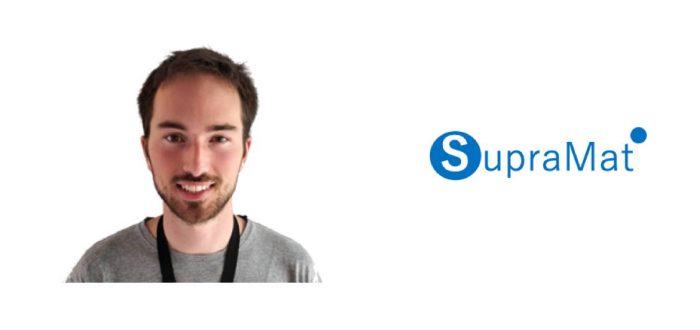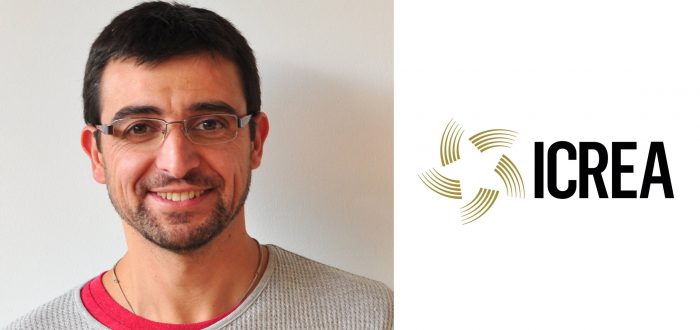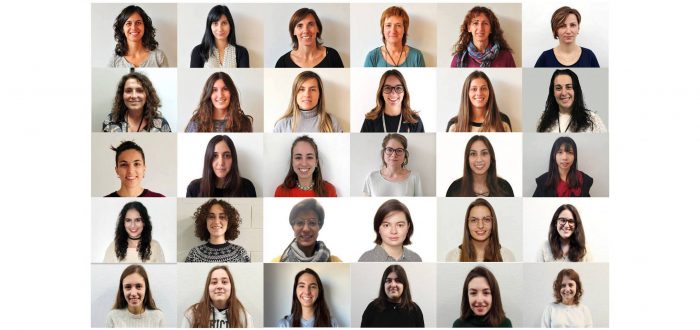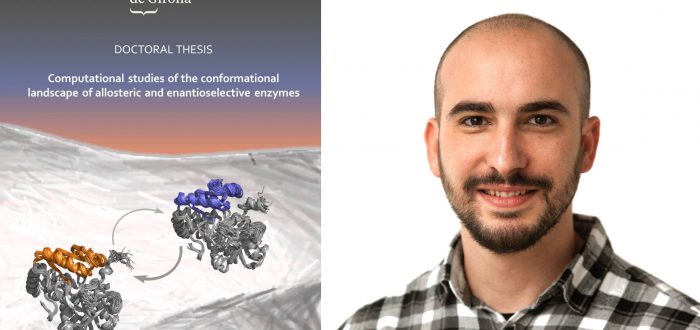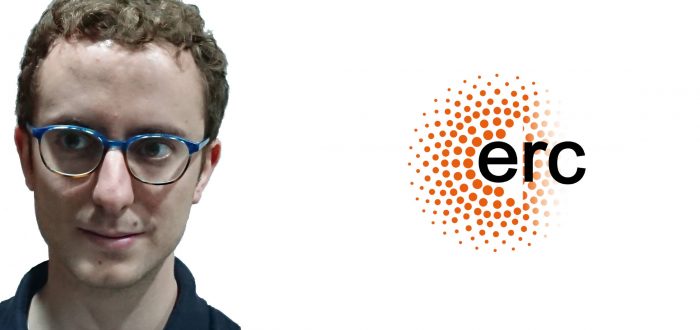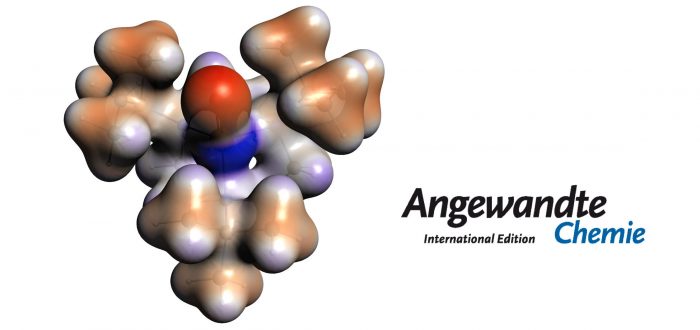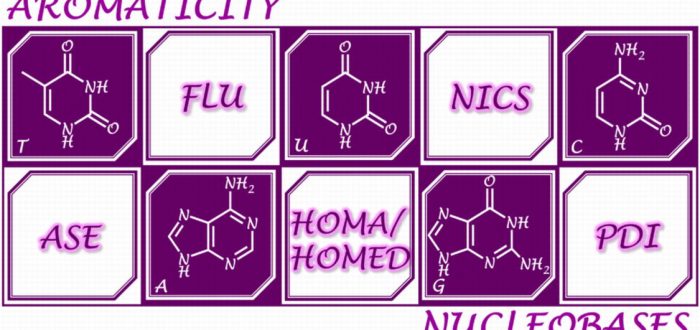This week the 1st Supramat network Conference took place online, which included a poster session. Ernest Ubasart, PhD student under the supervision of Dr. Xavi Ribas, presented a poster titled “A three-shell supramolecular complex enables the symmetry-mismatched chemo- and regioselective bis-functionalization of C60”, and won the 3rd prize (11-12th February). Congratulations Ernest!! Girona, Feb. 15, 2021 For
- sec.iqcc@udg.edu
- +34 972 41 83 57
News
A recent paper (Kim et al. Nature Commun. 2019, 10, 4983) claims that there is a double charge transfer in the first singlet excited singlet state in TMTQ (an oligomer composed of a central 1,6-methano[10]annulenes, M10A, and 5-diacyanomethyl-thiophene exocyclic groups, see Figure 1) that is stabilized by the Baird aromaticity acquired by the central M10A
This month took place the visit of INS Salvador Espriu. The IQCC opens its doors and gives the opportunity of high-school students to know our work and to do a computational workshop and an experimental workshop, to be able to get a feel for the research and have real-time chemistry in their hands. Below you
ICREA is a foundation promoted by the Catalan Government whose aim is to stimulate excellent research in Catalonia. Xavi Ribas, a principal investigator of IQCC, and ERC-Starting Grant holder, won the ICREA Acadèmia awards 2020 for his research carrier. It is the third time that he receives this award (after 2010 and 2015) to recognize the research
This coming Thursday (11th of February) is the International day of Women and Girls in Science. The IQCC has currently a rather favourable balance in gender ratio of staff members, both at the Master level (53%), PhD level (33%), postdocs (18%) and permanent researchers staff (28%). Notably, out of the 4 most recent permanent members, 2 are
Next Friday (12th of February, 11.00h, virtual) will be the defense of the doctoral thesis of Miguel Ángel María Solano, titled “Computational studies of the conformational landscape of allosteric and enantioselective enzymes”, and supervised by Sílvia Osuna and Marcel Swart from IQCC. If you want to follow the online defense, please send an email to the UdG
Dr. Martí Garçon has recently become a new member of the Institute of Computational Chemistry and Catalysis (IQCC). Dr. Garçon did his PhD in Imperial College London (UK) on novel heterometallic complexes for C-F and C-H bond activation under the supervision of Dr. Mark R. Crimmin in 2020. Now, he is working on developing Fe
Dr. Arnau Call has recently become a new member of the Institute of Computational Chemistry and Catalysis (IQCC). Dr. Call did his PhD at IQCC on development of structurally and electronically versatile aminopyridine cobalt complexes for photo-(electro) reduction of water and ketones under the supervision of Dr. Miquel Costas and Dr. Julio Lloret in 2016.
High-spin (S=2) oxoiron(IV) species act as reactive intermediates in the catalytic cycle of nonheme iron oxygenases. The few available synthetic S=2 Fe(IV)=O complexes known to date are often limited to trigonal bipyramidal and very rarely to octahedral geometries. Herein, Marcel Swart and co-workers describe the generation and characterization of an S=2 pseudotetrahedral Fe(IV)=O complex 2
The 3D shape and the resulting physicochemical properties of double-helical DNA/RNA structures are determined not only by individual nucleobases, but also by their additive intermolecular interactions. Energetic contribution from aromatic pi-pi stacking to the stabilization of DNA/RNA is not small and sometimes even comparable to that from H-bonding. The basis of the stacking interactions lies

